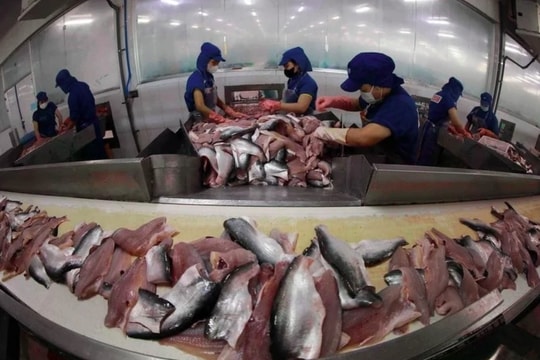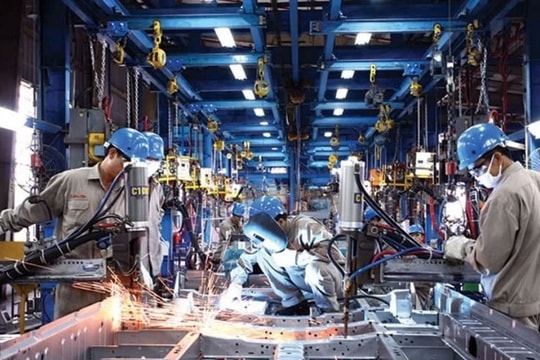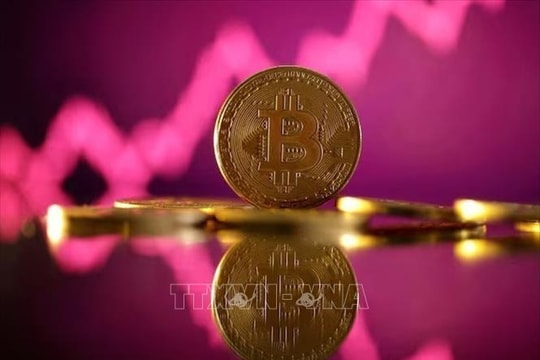 |
| Gabbage from a landfill in the northern province of Hòa Bình. — VNA/VNS Photo |
HÀ NỘI — With the landfill sites in Việt Nam nearing capacity, waste-to-energy (WtE) technology is being championed as an alternative solution.
However, experts stress the importance of waste segregation at source and robust emissions control, which are needed to make this shift feasible and sustainable.
According to the Ministry of Natural Resources and Environment, Việt Nam generates approximately 67,110 tonnes of municipal solid waste daily, of which 65 per cent is disposed of through landfill.
Many landfills are overwhelmed, pushing local authorities to shift towards WtE technology. However, concerns remain about practical feasibility and environmental implications.
Director of the Vietnam Institute for Urban and Industrial Environment Nguyễn Hữu Dũng notes that most of Việt Nam’s waste management relies on rubbish dumping into landfills.
The country has more than 1,000 sites of over 1,000 ha, but only 30 per cent meet sanitary standards. The rest are not hygienic, causing significant environmental problems. Urban areas face even greater challenges, as available land for new landfills is scarce and existing ones are nearly full.
While WtE technology offers potential benefits, it also presents significant challenges. Small-scale incinerators, processing between five and 10 tonnes of waste per day, are widely used in rural areas, but air pollution is a problem.
Larger WtE plants, which recover heat for electricity generation, are still under development. Việt Nam has around 15 heat-to-electricity WtE projects, but only five have been completed due to policy gaps.
Transitioning from dumping rubbish into landfills to WtE involves higher costs. Landfill costs approximately US$20 per tonne, while WtE costs can rise to $50 per tonne due to advanced machinery and technology requirements. Poorer provinces may struggle to afford this shift.
Additionally, integrating WtE plants with the national power grid remains a logistical challenge. Even Hà Nội’s WtE facility has faced significant difficulties.
Experts also stress the need to control emissions rigorously. WtE plants can release harmful pollutants such as dioxins, furans, nitrogen oxides and volatile organic compounds, posing serious health risks and environmental hazards.
Hoàng Dương Tùng, Chairman of the Vietnam Clean Air Network, highlights that WtE plants must adhere to strict emission standards to prevent the release of toxic gases.
Việt Nam’s rapid adoption of WtE draws comparisons with China, which shut down 8,500 WtE facilities after only four years of operation due to inefficiencies and environmental concerns. This example underscores the importance of careful planning and robust regulatory frameworks.
Experts agree that effective waste segregation at the source is crucial for optimising WtE operations. Dũng advocates for nationwide initiatives to sort solid waste before it reaches treatment facilities.
He also suggests implementing differential waste processing fees based on income levels to promote fairness and incentivise better waste management practices.
Investment in waste collection and treatment infrastructure is also critical. Local governments must ensure proper systems are in place for waste transportation and segregation to maximise the efficiency of WtE plants.
Việt Nam’s Environmental Protection Law of 2020 emphasises a circular economy, which aims to reduce waste, extend product lifecycles, and promote sustainable practices.
The law includes measures such as mandatory waste segregation at the source and pay-as-you-throw schemes, effective from January 1, 2025. This approach aims to minimise landfill dependency and enhance resource efficiency.
Tùng suggests that additional regulations are needed to manage emissions from WtE plants. These include specifying permissible waste types, operational conditions and transparent reporting requirements. He also calls for updated guidelines to monitor pollutants such as dioxins and furans.
Director of the Institute of Strategy and Policy on Natural Resources and Environment, Nguyễn Đình Thọ, highlights the importance of green financing and advanced technologies in any solutions to the waste problem.
“By investing in sustainable practices, we can reduce waste management costs, improve efficiency and protect the environment,” he said. — VNS





























